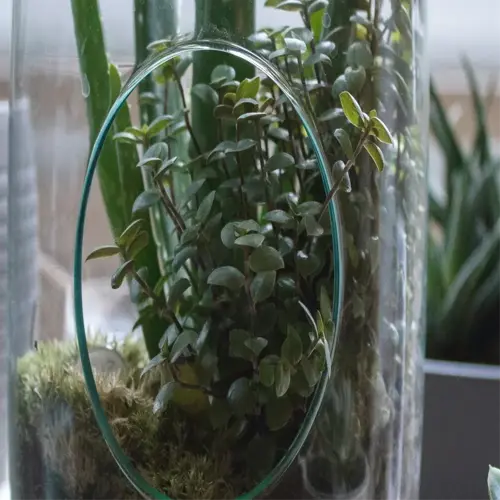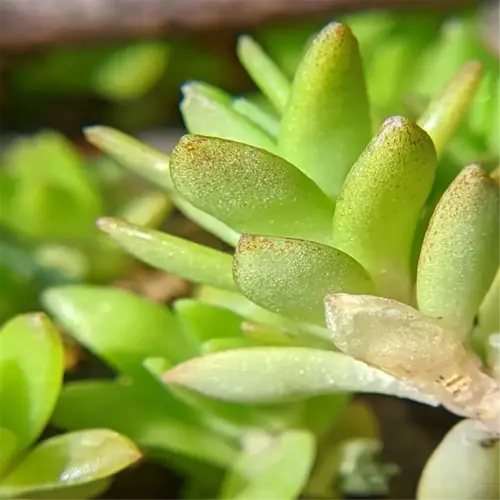How often should I retest soil pH?

Written by
Kiana Okafor
Reviewed by
Prof. Martin Thorne, Ph.D.How often you test the soil pH is related to the nutritional balance in your garden. Annual tests will be sufficient for clay soils that are stable healthy soil. Sandy soil that is located in a heavy rainfall zone (generally, >40 inches of rainfall a year) will require you to test your pH every 6 months. If you changed the pH, be sure to re-test within 30 days. I have seen alterations in pH, such as lime, correct too high, dramatically increasing the alkalinity by 1.2 units unexpectedly.
Routine Testing
- Stable soils: Test early spring before planting
- Amended soils: Retest 4 weeks post-application
- Container gardens: Check every 60 days
Extreme Weather
- Post-drought: Test 72 hours after first rain
- Flooded soils: Wait 14 days for water table stabilization
- Heatwaves: Check pH 48 hours after temps drop below 90°F (32°C)
The importance of regional geology cannot be overlooked. In limestone bedrock regions, even after amendments, we still check the pH in the crop bed quarterly since the subsoils are always leaching alkalinity. Gardens near coastal areas deal with pH spikes due to salt from the ocean, and a client's citrus grove received monthly checks until we installed irrigation lines that released sulfur in the water.
Tools affect schedules. Digital meters require that I check the calibration every week. One vineyard's pH probe read 0.8 units too high because it had not been calibrated, resulting in $8000 of spoiled merlot grapes. When I used chemical test strips, I found that they expired more quickly in humid weather; I recommend that you store them with silica gel packs so you can use them year-round without worry.
Read the full article: Soil pH Testing: 7 Essential Steps for Accurate Results

